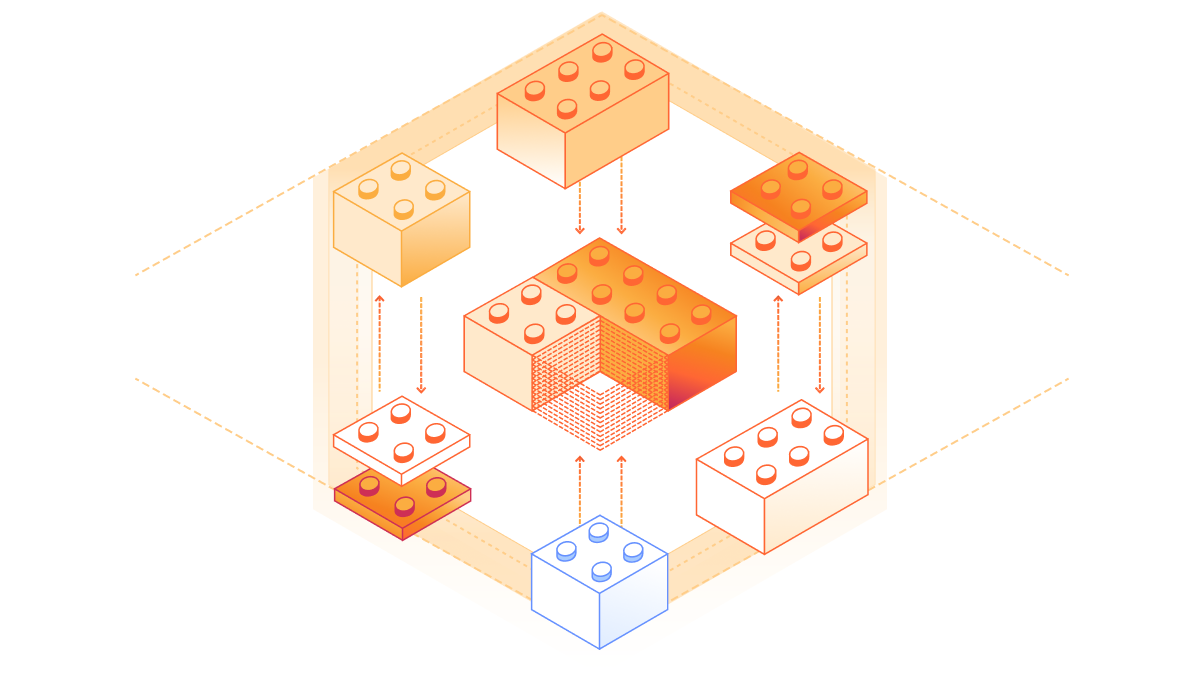Your frontend, backend, and database — now in one Cloudflare Worker
2025-04-08
You can now deploy static sites and full-stack applications on Cloudflare Workers. Framework support for React Router v7, Astro, Vue and more are generally available today and Cloudflare Vite plugin. ...
Continue reading »





